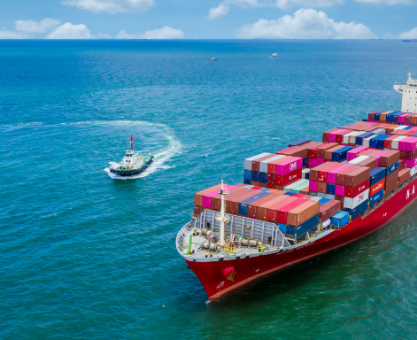Executive Summary
-
AI is changing trade finance by improving process speed and reducing risk.
-
It enables better risk assessment and smoother operations.
-
Companies face challenges like data privacy and regulation.
-
This article shares practical tips for AI integration in trade finance.
Introduction
AI is steadily reshaping global trade finance. From faster document handling to stronger fraud detection, AI tools are improving how trade finance operates. For companies involved in cross-border trade, understanding how to use AI effectively is now essential. This article covers the key benefits, challenges, and methods for applying AI in trade finance.
Definitions / Context
Trade Finance refers to financial tools that help companies fund international trade transactions. Examples include letters of credit, export credit, and insurance.
AI in Trade Finance uses machine learning and data analysis to automate risk assessments, documentation, and fraud detection in trade-related financial transactions.
Benefits / Pros
-
Improved Risk Assessment: AI scans large datasets to identify credit or payment risks quickly.
-
Process Automation: Reduces manual document handling and cuts approval times.
-
Lower Operational Costs: Less reliance on human processing decreases expenses.
-
Fraud Detection: Identifies unusual patterns that may indicate fraud.
Risks / Cons / Challenges
-
Data Privacy: Managing sensitive trade data with AI raises confidentiality issues.
-
Implementation Cost: High setup costs can discourage small and mid-size firms.
-
Regulatory Compliance: Global variations in laws create added complexity.
-
System Dependency: Heavy reliance on AI systems can introduce operational risks.
Step-by-Step Process for Implementation
-
Identify Need Areas: Find where AI can reduce delays or errors.
-
Select Tools: Choose AI platforms aligned with compliance and business goals.
-
Test First: Run limited pilots to validate performance.
-
Roll Out Gradually: Expand successful pilots to broader operations.
-
Track Results: Monitor system performance and adjust as needed.
A leading global export company used AI to optimize its trade finance operations. By implementing machine learning algorithms, they reduced document processing time by 40% and significantly lowered their risk of fraud.
AI Integration in Global Export Operations–
Expert Tips / Strategic Insights
-
Use Accurate Data: AI tools need clean, consistent inputs for reliable results.
-
Know the Rules: Stay informed on changing local and international trade laws.
-
Consult Specialists: Work with AI and finance professionals to avoid missteps.
Tools / Resources / Calculators
-
Traydstream / TradeIX: AI platforms for document analysis and compliance.
-
Online Checklists: Ensure AI meets regulatory requirements.
-
Risk Tools: AI-based software for evaluating client and transaction risk.
Conclusion
AI brings measurable improvements to trade finance by reducing processing times, costs, and fraud. Challenges remain—especially with data privacy and setup costs—but companies that plan carefully can gain significant value. Strategic use of AI offers a path forward in competitive trade environments.





















